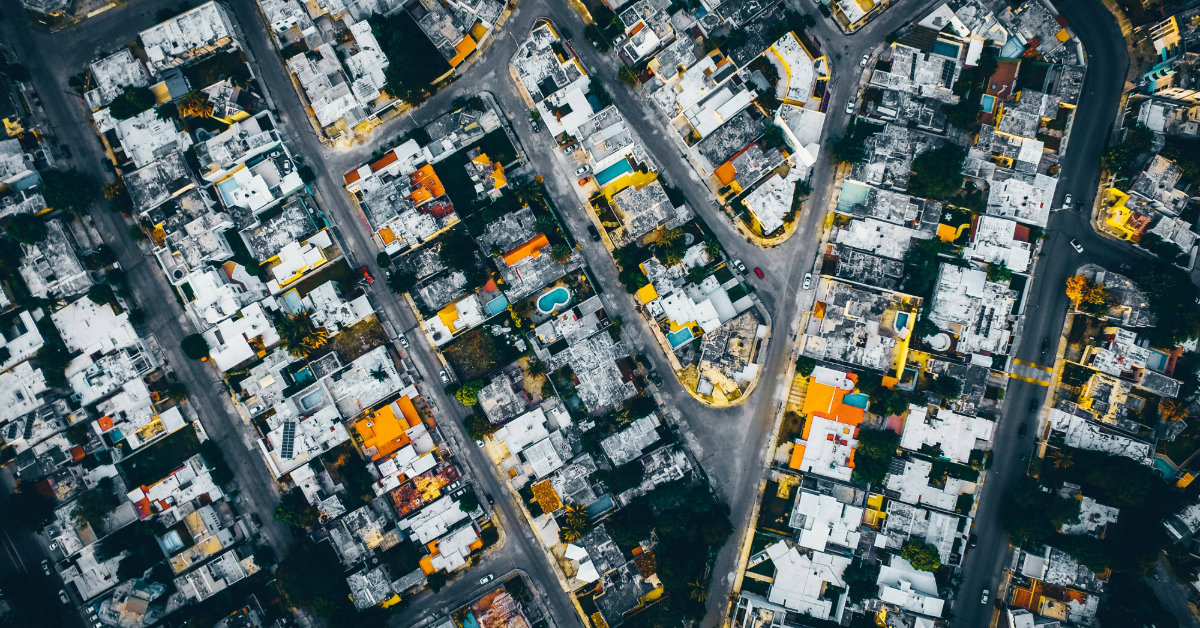Gentrification in Oaxaca and Mérida intensifies as annual rents climb 6–7 %, reshaping neighborhoods and displacing long-time residents in Mexico’s major cities.
Gentrification has long pushed up housing costs in Mexico City, but its impact is now clear in the south. New data show annual rental prices rose between 6 % and 7 % in Oaxaca and Mérida by the end of the first quarter of 2025. This surge reflects more than market forces—it signals a shift in who can afford to live in these historic cities.
According . . .






